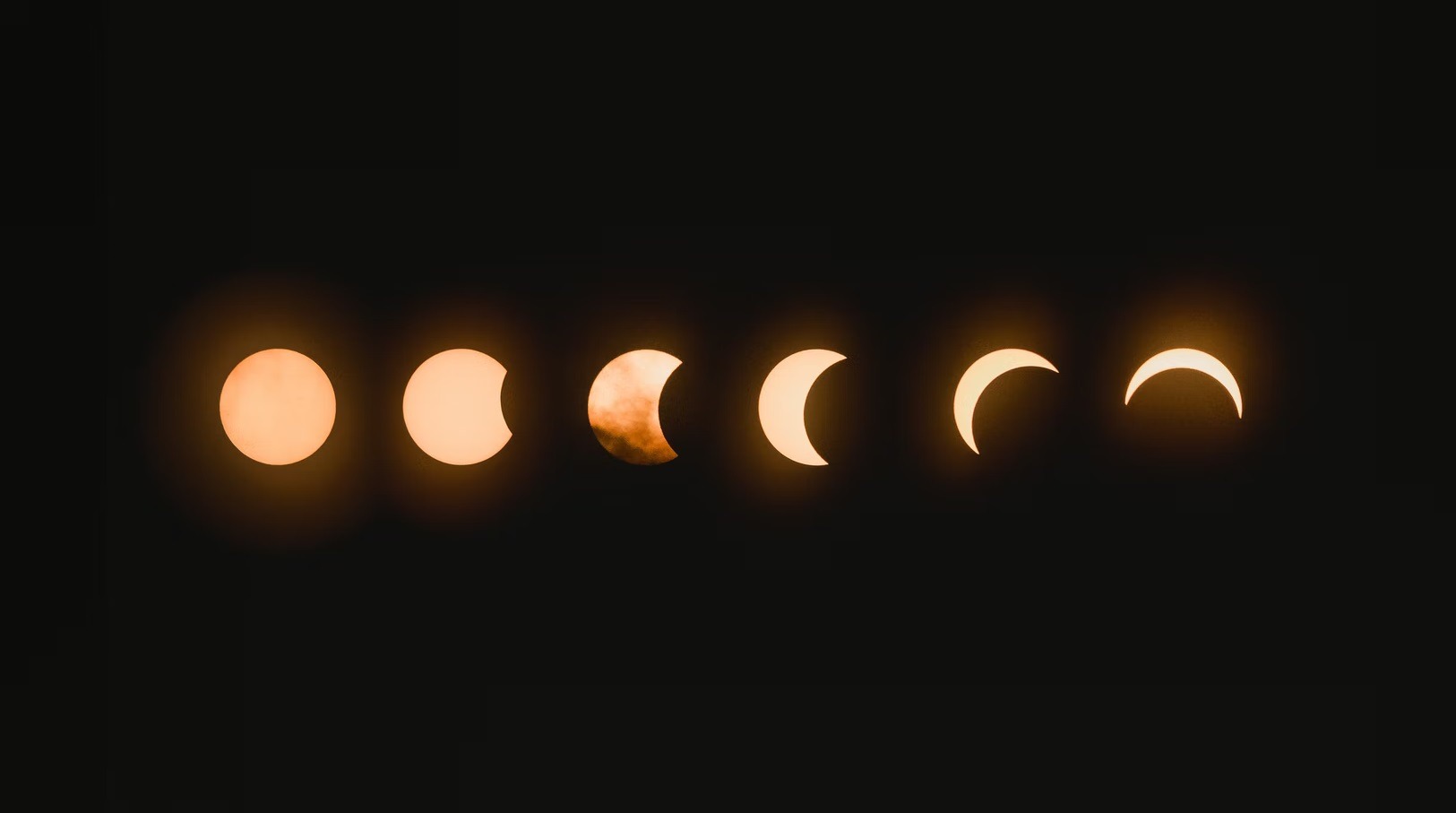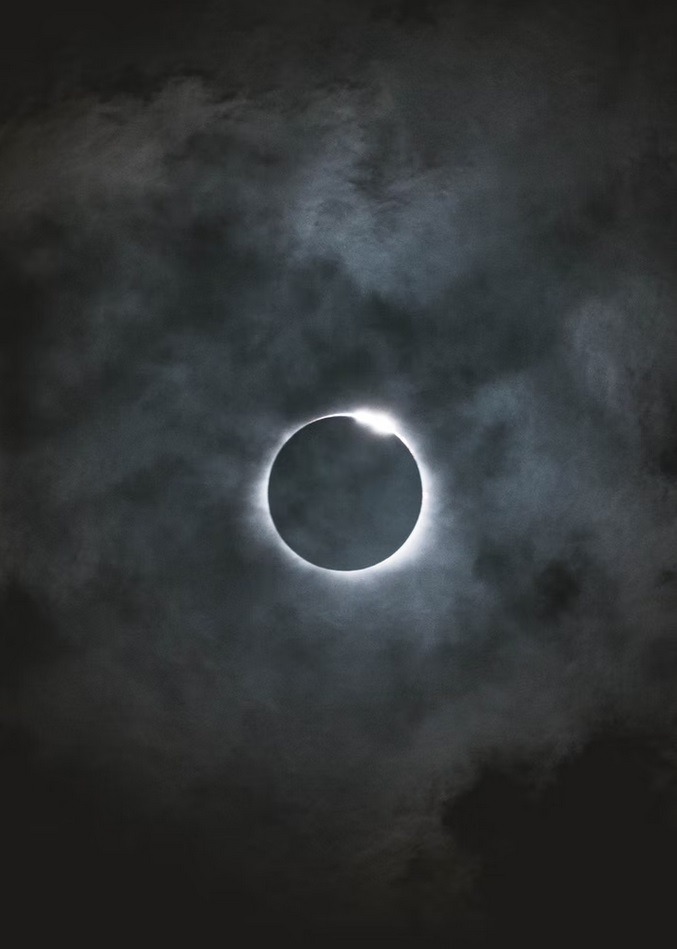We all know to be cautious when there is a full moon in the sky, but what about other species? Beginner astronomers may know what to look for, but the rest of us may struggle to understand what to look for and what the various moons mean. Here are some rare moons to keep an eye out for in the coming months and years. Aside from these rare types of the moon, there are a lot of fascinating things that can be found on the moon. The full Moon also occurs very close to the perigee, which is the Moon’s closest approach to Earth in its elliptical orbit, resulting in a Supermoon, in which the full Moon is up to 14 percent brighter than average. Finally, during this time, the Moon will fully enter the Earth’s shadow, resulting in a total lunar eclipse. NASA is referring to it as the Super Blood Blue Moon. For North American observers, this is the first time all three of these phenomena have coincided since 1866. It is better also to use a guide for high-power binoculars for better viewing.
First and foremost, it is dependent on your location. Because a full moon can never be seen during the day, only slightly more than half of the Earth will be able to see it. What’s the deal? Because the Moon is on the opposite side of the Earth from the Sun when it is full; this is how Moon phases work.
Rare Types of Moon
Blue Moon
Blue Moons are not common, so the phrase once in a blue moon did not enter the popular lexicon. Full Moons are separated by 29.53 days on average, with some variation due to speed differentials in the Earth and Moon’s orbits as they revolve. If a full moon falls on the first or second of the month, the next full moon will most likely fall on the 30th or 31st of the month, assuming the month has that many days Because of the way time and dates differ around the world, not everyone will agree on when a blue Moon occurs; half of the world saw two full Moons in August of 2012, while the other half saw two in September of that year, depending on whether the full Moon occurred before or after 12:00 AM on September 1st of that year. And when there is a blue moon in January, as we have this month, it is common for February to have no full Moons, resulting in another blue Moon in March. This year’s full Moons on March 2nd and 31st will also produce a blue Moon; it’s just a quirk of how our calendar is set up.
Super Moon
The Moon not only goes through its phases, from new to full to new again, but it also moves in an ellipse around the Earth. At apogee, its farthest distance from Earth, it can reach distances of up to 406,700 km from our center; at perigee, its closest approach, it can get as close as 356,400 km. A Supermoon occurs when the Moon’s full phase and perigee point in its orbit coincide.
As you may have noticed in recent years, Supermoons aren’t all that rare, with about 3-4 of them occurring each year, depending on which definition you use. A Supermoon is a full moon that is closer to Earth than 359,000 kilometers, and we usually get three of them in a row due to the complexities of the Sun, Earth, and Moon’s orbits. The previous two full Moons, on January 2nd, 2018, and December 3rd, 2017, were both Supermoons. Supermoons account for approximately 25% of all full Moons, making their frequency not-so-super after all.
Total Lunar Eclipse
Both the Moon and the Sun take up about half a degree of the sky, but the Moon’s orbital plane is about 5 degrees inclined to the Sun-Earth plane. Only twice a year, on average, do the Moon’s nodes align to allow for eclipses. This means that there is a chance of a total lunar eclipse twice a year. The eclipses are usually partial or penumbral, but about a quarter of the time, we get a total lunar eclipse. Over the 5,000-year period from 2000 B.C.E. to 3000 C.E., Earth will witness 3,479 total eclipses, or once every 18 full Moons: roughly 5.6 percent of the total.
Super Flower Blood Moon
A super flower blood moon is a supermoon combined with a total lunar eclipse, and the last one occurred in May of this year. The name “blood moon” refers to the moon’s face turning red as it passes into the Earth’s shadow, while “flower moon” refers to the timing, and “super moon” refers to the moon appearing larger and brighter. This moon is said to represent rebirth and growth, and some believe it is a good time for reflection.
Ring of Fire Solar Eclipse
The rare ring of fire solar eclipse, which involved both the moon and the sun, occurred in June 2021. It happens when the moon is too far away from Earth in its elliptical orbit to completely block out the sun, as it does during a total solar eclipse, instead of only exposing the outer ring of the sun. On December 4, a total solar eclipse will occur, but it will only be visible from Antarctica and partially in South Africa and the South Atlantic. Solar eclipses are said to cause changes and usher in new goals.
Pink Moon
The pink moon is an April full moon named after wild ground phlox flowers that bloom in early spring and can be found throughout the United States and Canada. It does not appear pink in reality. The pink moon is thought to represent optimism and the fulfillment of dreams.
Strawberry Moon
The strawberry moon refers to the full moon in June. It is not typically strawberry red, but it often has a rose or reddish hue due to its lower than usual position in the sky. This is due to the moon’s position, which allows it to penetrate more of the atmosphere than at other times of the year. Native Americans are thought to have named it after the strawberry because its appearance coincided with the strawberry harvest. The full moon in June is said to represent good fortune, optimism, and generosity.
Micro moon
When a full moon coincides with apogee, the point in the moon’s orbit farthest away from Earth, a micro moon occurs. A micro moon appears 14 percent smaller than a supermoon due to its distance, and the illuminated area appears 30 percent smaller, making it appear less bright. Tides are known to be affected by micro moons.


